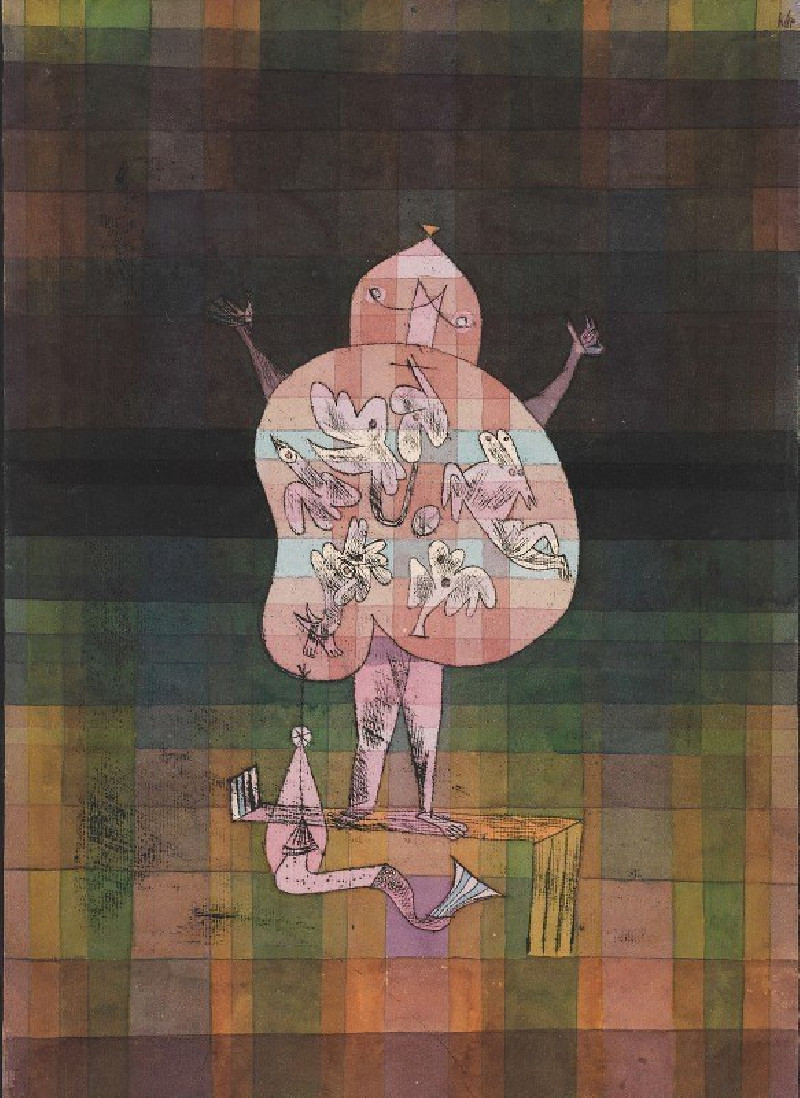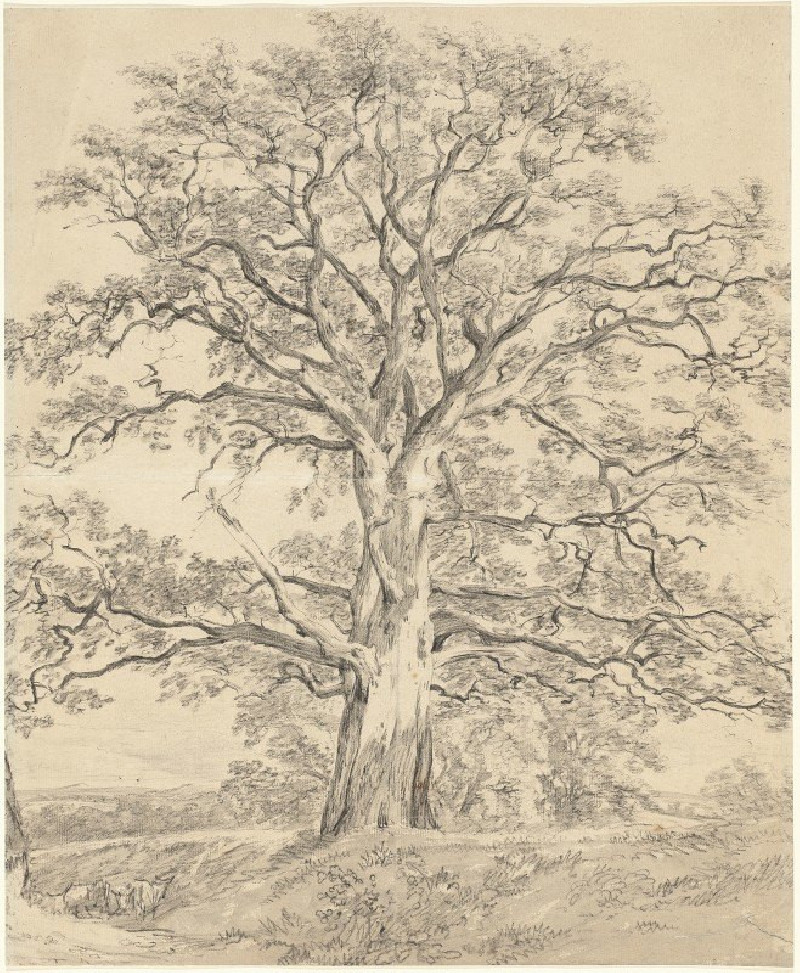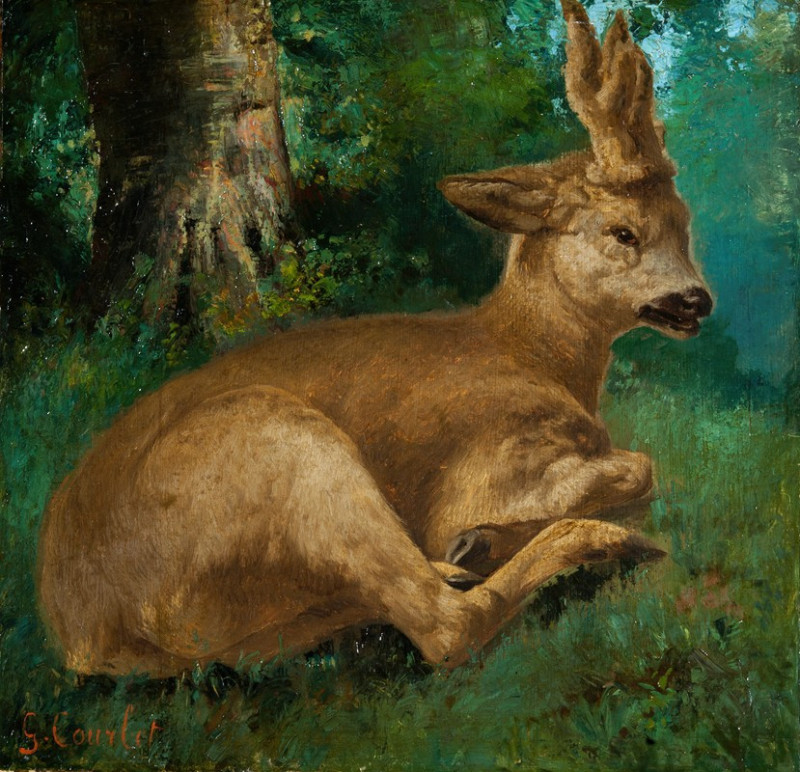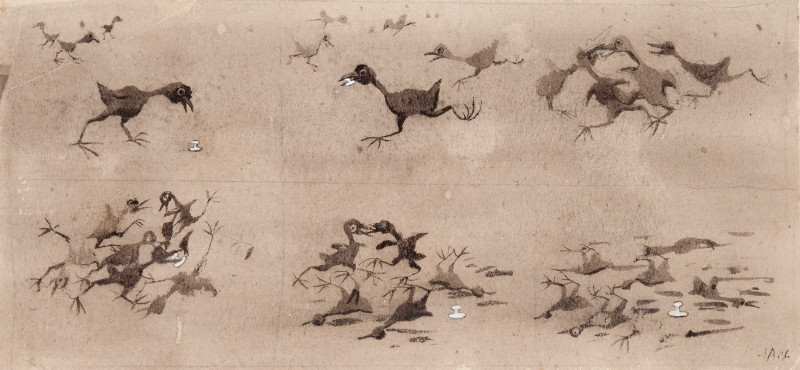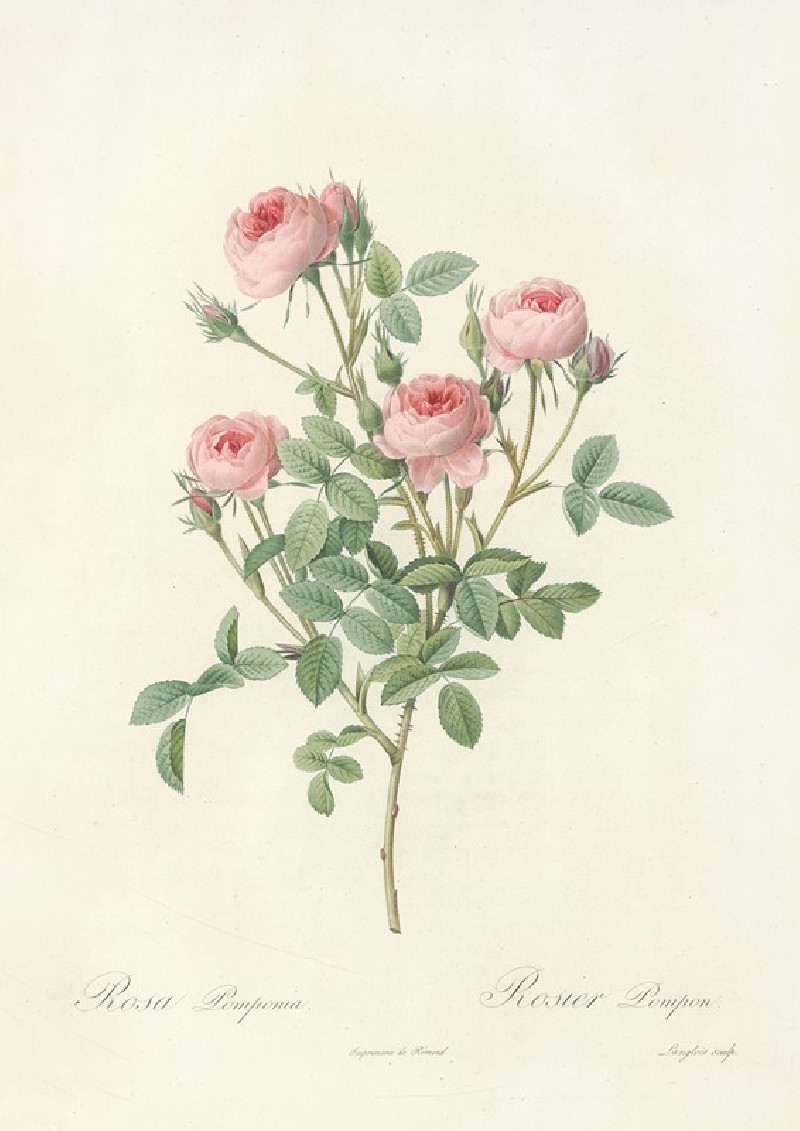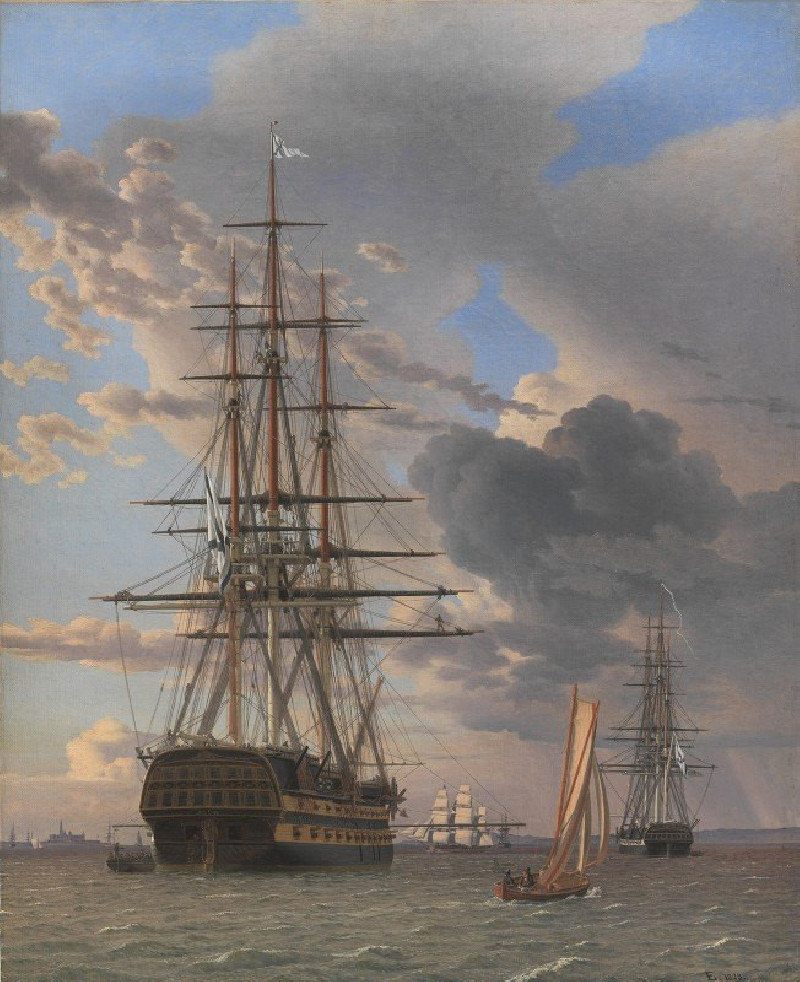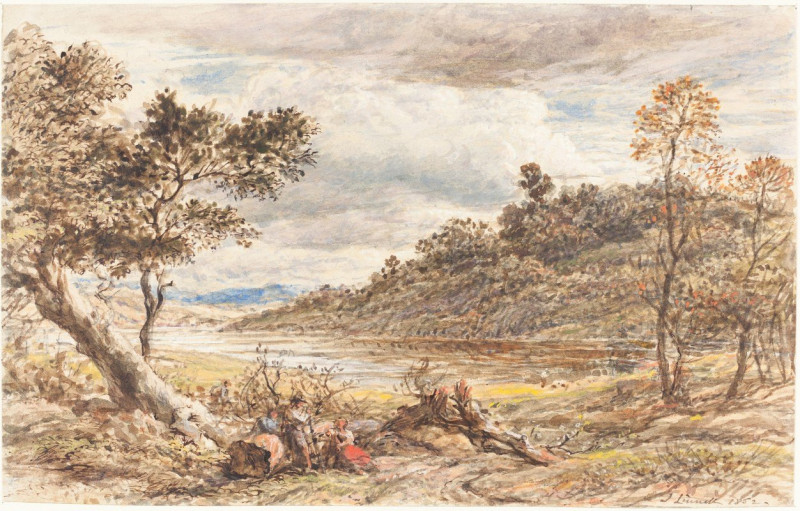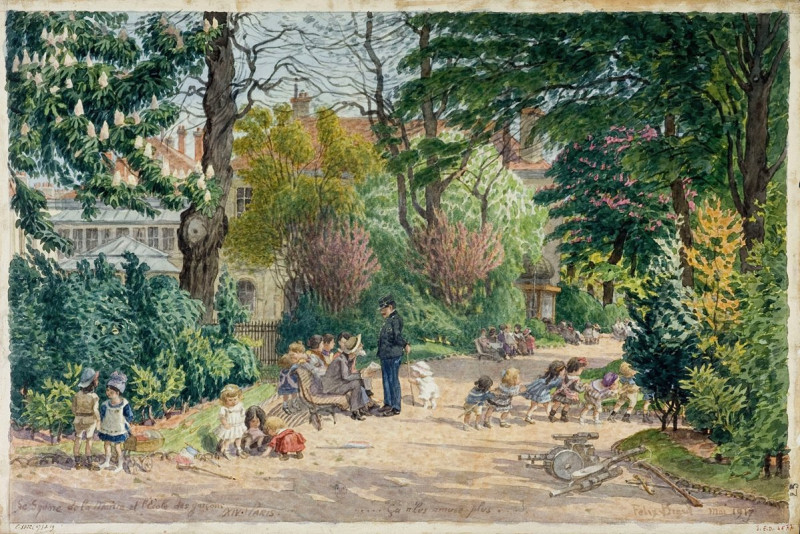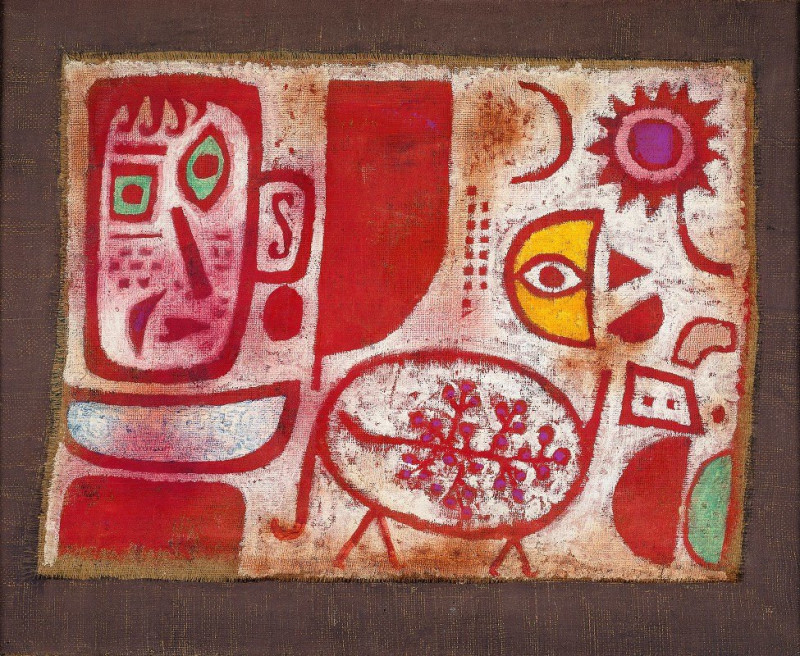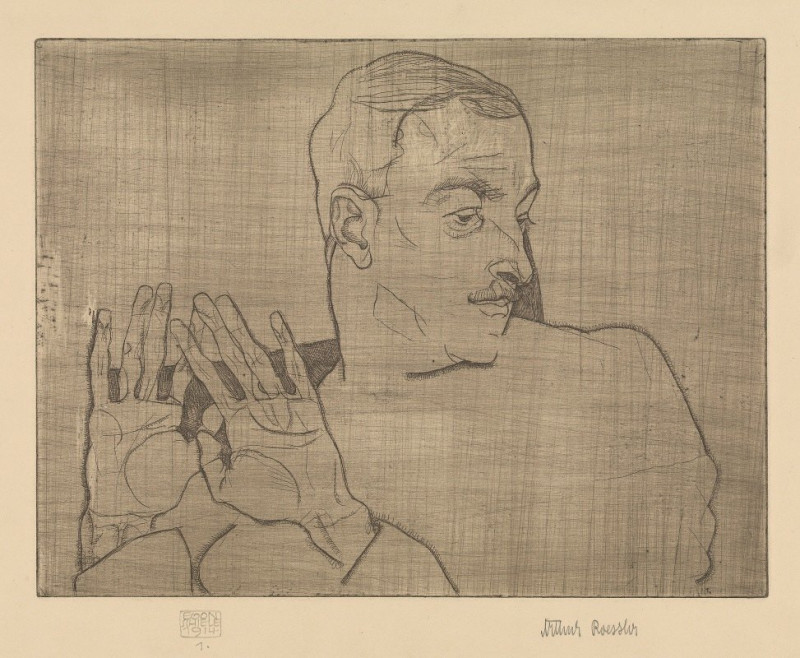Portrait of a Man (c. 1620)
Technique: Giclée quality print
Recommended by our customers
More about this artwork
Anthony van Dyck, a master of portraiture known for his exceptional ability to capture the essence and stature of his subjects, presents us with the "Portrait of a Man," painted around 1620. This exquisite work, held in high regard for both its artistic merit and historical significance, showcases Van Dyck’s early baroque style that influenced the course of European portraiture.The painting features an unknown man gazing directly out of the frame, engaging the viewer with a serene yet penetrating look. His expression, a blend of contemplation and confidence, invites one to ponder the thoughts and experiences of this 17th-century gentleman. The subject’s refined features are rendered with soft, naturalistic strokes, highlighting his thoughtful eyes and well-groomed beard and moustache.Dressed in a somber black cloak with a stark white collar peeking through, the man’s attire suggests a person of status and sophistication, typical of Van Dyck’s clientele during this period. The deep, muted tones of the background further accentuate the stark lighting on his face and hands, imbuing the portrait with a dramatic yet intimate atmosphere.Anthony van Dyck’s skill in portraiture is evident in his delicate play of light and shadow, capturing the textures of the man's clothing and the softness of his skin with remarkable dexterity. Every brushstroke contributes to the overall sense of depth and realism, making "Portrait of a Man" more than just a visual representation; it is a window into the soul of its subject.
Delivery
Returns
Sir Anthony van Dyck (1599 – 1641) was a Flemish Baroque artist who became the leading court painter in England after success in the Spanish Netherlands and Italy.
The seventh child of Frans van Dyck, a wealthy Antwerp silk merchant, Anthony painted from an early age. He was successful as an independent painter in his late teens, and became a master in the Antwerp guild in 1618. By this time he was working in the studio of the leading northern painter of the day, Peter Paul Rubens, who became a major influence on his work.

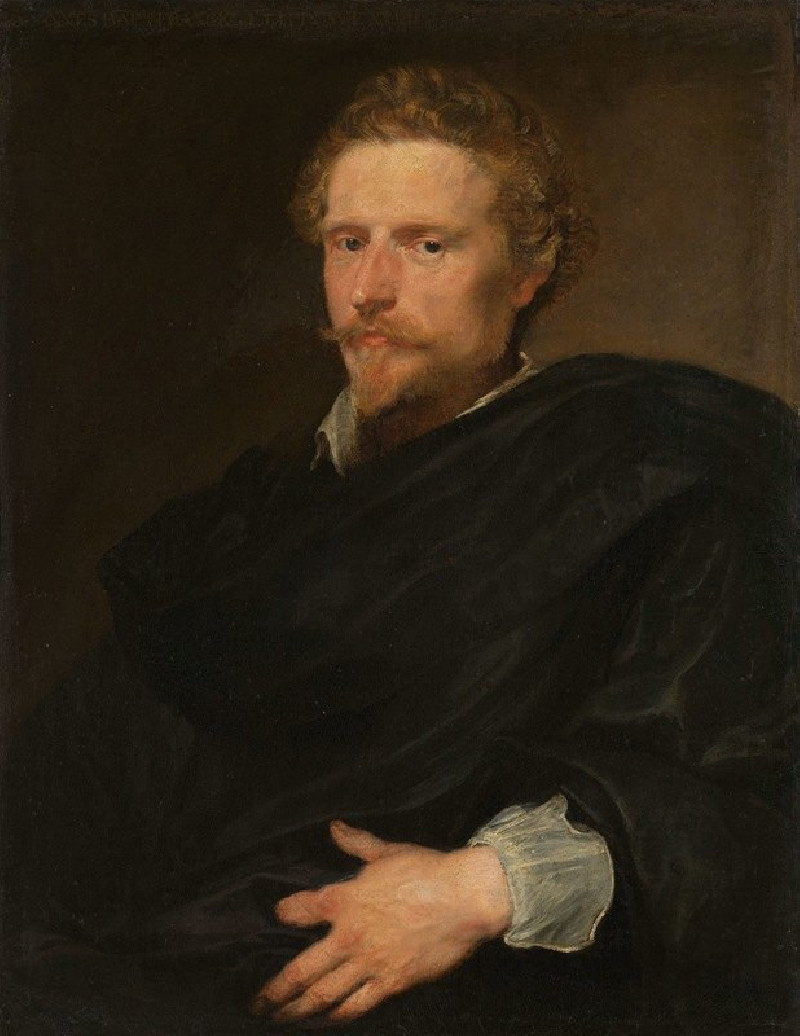






























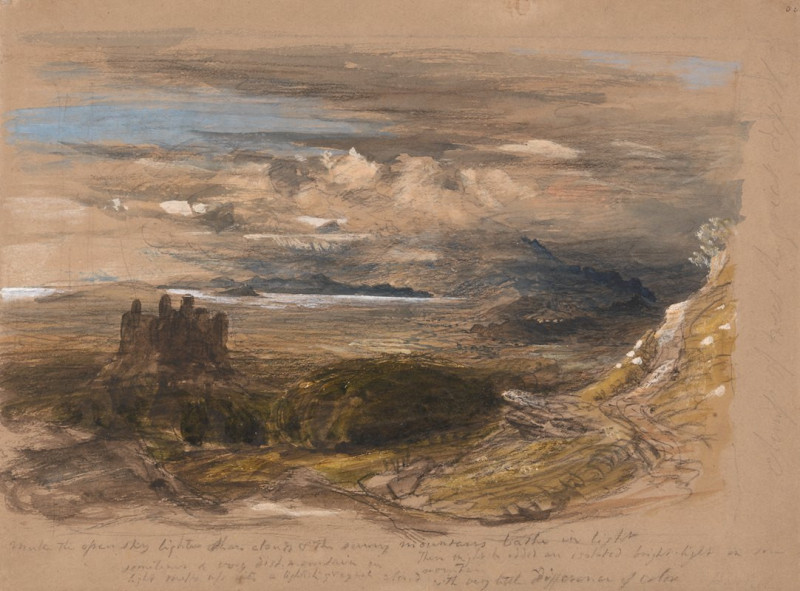
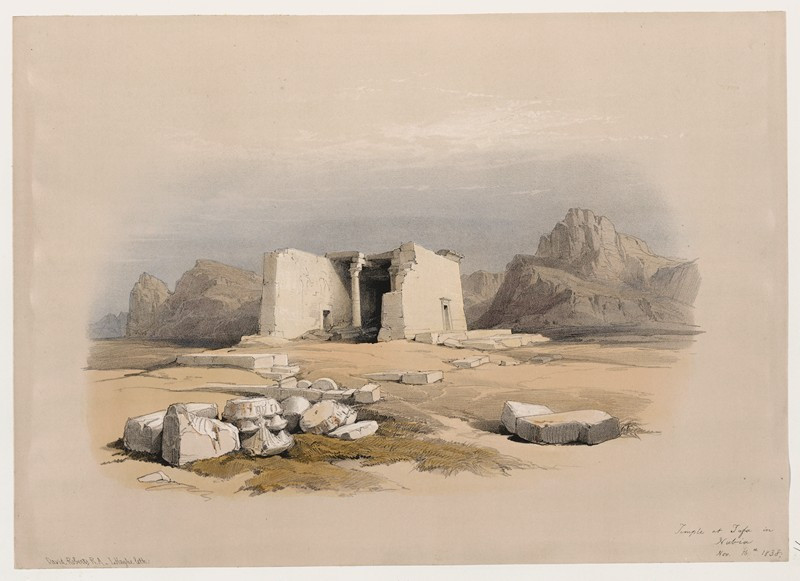
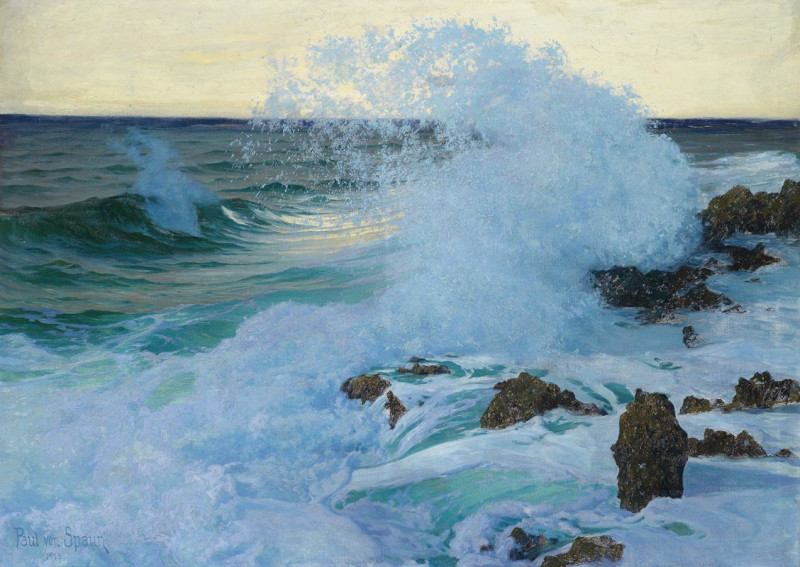
![The Village of Buxadaur [Buxa Duar] [Thibet] (1783) reproduction of painting by Samuel Davis. ALL GICLEE PRINTS](https://reprodukcijos.lt/45971-large_default/reproduction-of-the-village-of-buxadaur-buxa-duar-thibet-1783.jpg)
